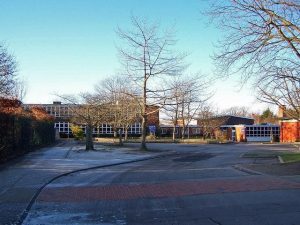
Software Development Mistakes You Can Make that are the biggest
October 22, 2019
How to stop tenants smoking in your property
October 28, 2019The idea behind Forest Schools has a long history. Scouts founder, Baden Powell, and educational theorist AS Neill both proposed the concept a century ago, to use the natural environment as part of the educational process. This is not the nature walks of most parent’s childhood, but a structured learning experience, with performance indicators and attainment targets. If you are repurposing an area of school land you may want to consider consulting with a Land Remediation Services company such as ash remediation to ensure there are not compounds in the soil that could be harmful if released into the environment.
The Scandinavian model which is becoming widespread today is based on real pedagogical research in education systems which are the envy of the world. Finland, for example, has regularly been in the top three in the Pisa rankings for the last decade, and all of the Scandinavian countries’ education systems have outperformed the British since the rankings were introduced. So, there are real benefits to the concept, and the idea is growing in popularity in the UK.
Building confidence
The idea is to build a child’s confidence and allow them to develop independently as learners. This improves both communication and social skills. Group activities, sharing tools, and sharing knowledge in a natural environment all build up pupils’ learning skills.
Engagement
Boredom is the bane of educational development. By engaging children in a natural environment, Forest Schools stimulate natural curiosity, and, because they are enjoyable experiences, they keep interest levels high. This makes the children active participants in the lessons, and active learners make better learners. This is particularly good for children with special educational needs, or those who struggle in the traditional classroom environment.
Of course, lessons need structure and learning outcomes, which are overseen by trained practitioners.
You may like- 123 movies.com
Positive outcomes
There are measurable longer term outcomes from Forest Schools. These include improvements in physical skills, fitness and ability, the development of gross and fine motor skills, a development of environmental awareness, and improved knowledge and understanding of the natural world. It also allows teachers and educators to provide different learning experiences to pupils and to gain a better understanding of their class’s educational needs.
Perhaps the most positive outcome is the impact that Forest Schools can have with children’s wider educational engagement. As pupils share their experiences with family and friends, it not only reinforces their own learning, but also encourages environmental engagement in the wider population.




